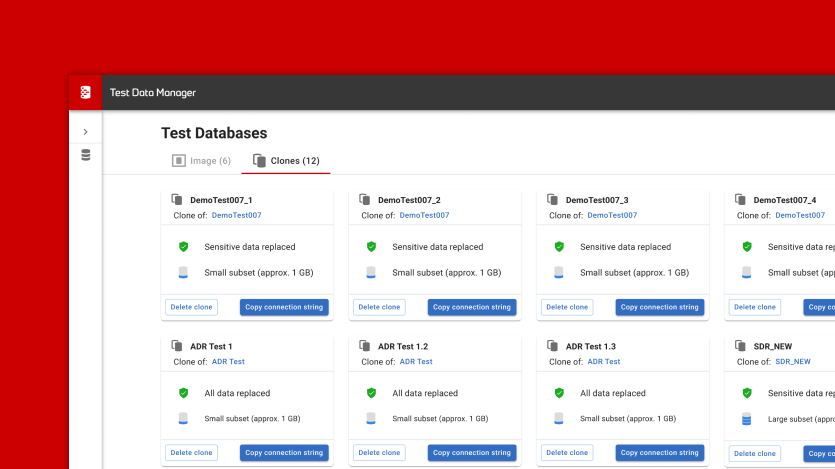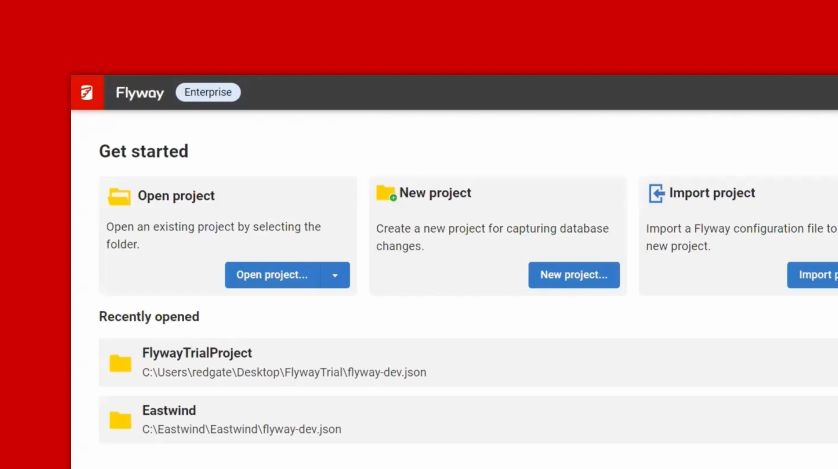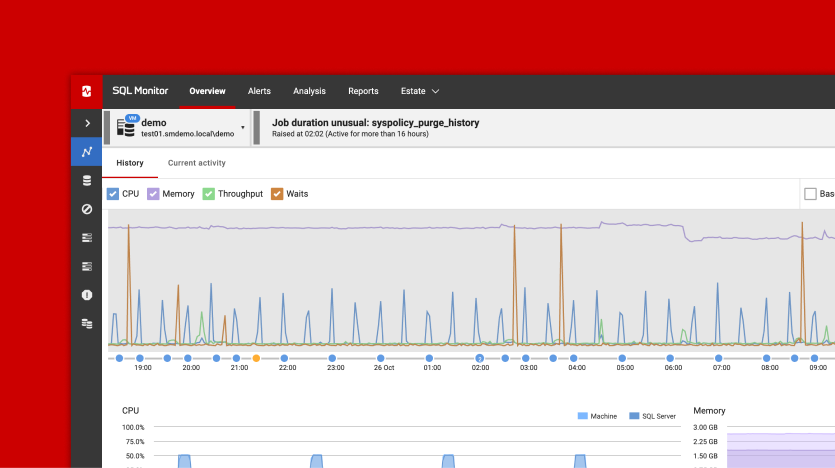The role of DevSecOps in database security and compliance
Database security has often been treated as a final checkpoint before release. But DevSecOps ensures security is integrated throughout the DevOps process, making compliance more efficient, reducing manual effort, and ensuring organizations stay ahead of evolving threats.
As organizations manage ever-growing data volumes and accelerate deployments, security threats from data breaches, fraud, and compliance failures continue to rise. Yet, database security is still often treated as a bolt-on, with checks for vulnerabilities left as a final step before deployment. This reactive approach can create security gaps. As the organization’s security policies evolve to address new threats, database security practices must evolve with them. Read on to find out how integrating DevSecOps can boost your database security and compliance without compromising speed or agility of delivery.
Troy Hunt, expert security consultant, gives his advice on the importance of ‘Shift-Left’ practices throughout the development lifecycle.
What is DevSecOps, and how can it help?
DevSecOps, short for Development, Security, and Operations, defines a set of practices that aim to shift security and compliance left, embedding them into database and application design, development, testing, and delivery.
For databases, this means that instead of treating security as an afterthought, we integrate operations and security expertise directly into development practices. Ops teams work alongside developers to advise on what is required and the tools and resources available to apply security policies in practical ways. They help incorporate protections against code and data vulnerabilities into the database design. They also help developers adopt secure data-handling practices and implement automated security checks in test and release pipelines, ensuring security is continuously enforced throughout the development cycle.
This shift ensures that security and compliance are not just met, but actively maintained, adapting alongside the systems and data they protect.
The increasing need for database security and compliance measures
Data breaches continue to rise globally. According to the Identity Theft Resource Center (ITRC), data compromises reported in the US reached their second-highest level in 2024, with 3,158 incidents—just 44 short of a record high.
No wonder then that Chief Information Security Officers are prioritizing securing data in every environment where it’s used.
“Data is now the most critical asset for any organization, but as reliance on it grows, so do the risks associated with breaches, fraud, and non-compliance. For most organizations, security and compliance are no longer optional – they’re essential for survival.” – Mri Pandit Senior Manager at Navy Federal Credit Union
Yet, despite these growing risks, our 2025 State of the Database Landscape survey shows that many organizations still have not fully integrated security into their DevOps processes.
For example, DevSecOps includes secure test data handling, yet among organizations that use production data for testing, only 54% protect sensitive data by masking, de-identifying, or replacing it with synthetic data. As data volumes grow, this lack of security integration leaves organizations increasingly vulnerable to personal and sensitive data exposure, along with the reputational, financial, and regulatory risks that follow.
By bringing security practices forward into the full DevOps workflow, developers and security teams integrate automated security checks to ensure deployed software does not contain any known vulnerabilities or security risks. SQL injection attacks remain a major risk in web applications, and poorly coded software can be susceptible to these types of attacks.
DevSecOps practices for database security and compliance
Database security has often been treated as a final checkpoint before release rather than an intrinsic part of the development process. This reactive approach causes deployment delays, increases the risk of last-minute security issues, and leaves security teams scrambling to fix risks after database changes are already in production.
DevSecOps addresses this challenge by embedding security throughout development and delivery, making it a shared responsibility between development, security, and operations teams.
In practice this means introducing into the DevOps process, security measures such as:
- Secure database design and code – Uses interfaces to restrict direct access to tables containing sensitive data, and incorporates automated scanning for SQL vulnerabilities (e.g., SQL injection) or unauthorized permission grants.
- Secure test data management – enable developers to perform functional, performance, and security testing without exposing sensitive data.
- Security checks in deployment pipelines – automatically check migration scripts to block deployment of vulnerable code. Approval gates to prevent any changes to sensitive data without explicit authorization from security, compliance, and operations teams.
- Compliance reporting and audit trails – tracks who made changes and when, verifying that security protections were enforced.
By integrating these security measures into DevOps workflows, organizations reduce risks without slowing development, ensuring database security evolves alongside business needs.
Once the software is released, the database mut be continuously monitored to check for unauthorized access, changes to data, permissions, or database configurations.
Conclusions
With data breaches on the rise and regulations tightening, security must be embedded into database design and development, not treated as an afterthought.
DevSecOps ensures security is integrated throughout the DevOps process by incorporating techniques such as static code analysis, testing, and secure test data management into development workflows. It also extends to automated enforcement of current security policies, ensuring access controls, compliance, and monitoring are continuously validated across development and test environments. Achieving this at scale requires standardization, with security practices enforced through automated, repeatable processes rather than manual intervention.
These ‘Shift Left’ practices aim to make database security an integral part of the culture and techniques of database development and operations. By embedding specialized knowledge of security issues and requirements into development and operations work, it makes compliance more efficient, reducing manual effort and ensuring organizations stay ahead of evolving threats, without slowing down the delivery of improvements to databases and their applications.
To explore more about reducing risk while accelerating database deployments with confidence, visit our Redgate Monitor information page: Continuous delivery without performance risk.
Or, for more information about left-shifting your development experience to detect issues earlier, through automated pre-merge tests, quality checks, and database unit and integration tests, visit our Redgate Flyway page.
This article was co-authored by Redgate’s Steve Jones and Tony Davis.







